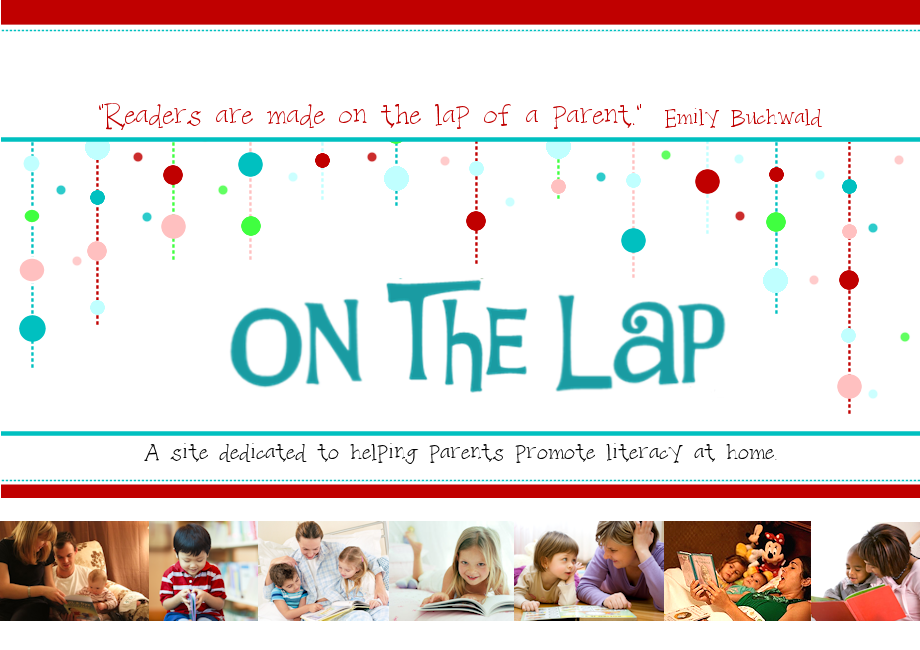- Before your child is ready to read the books for themselves, begin by modeling the reading to your children -- read chapter books to them, a bit each day, so they get used to following a changing plot line through the course of several days.
- Start with books like Mrs. Piggle-Wiggle, Betsy, Tacy, Tib, or Encyclopedia Brown, where each chapter is like a mini-story, with central characters present in each section.
- Read books to your children you liked as a child. When you share books you adore, your children are ripe for the same magic you remember.
- Select books that still have a few illustrations. (We all love pictures.)
- Don't forget the voices during read-alouds!
- Take turns: one night they'll read, the next night you read.
- If you are reading a book aloud over the course of many weeks, choose books where your children have already seen the movie. This will help them from getting lost in the story or forgetting what has already happened.
One of my favories for Christmastime is The Best Christmas Pageant Ever. Tell me you remember it. It's an absolute classic!
(P.S. And don't forget to talk about the book as you go -- why the characters made the decisions they did, and what your child predicts may happen next.)

